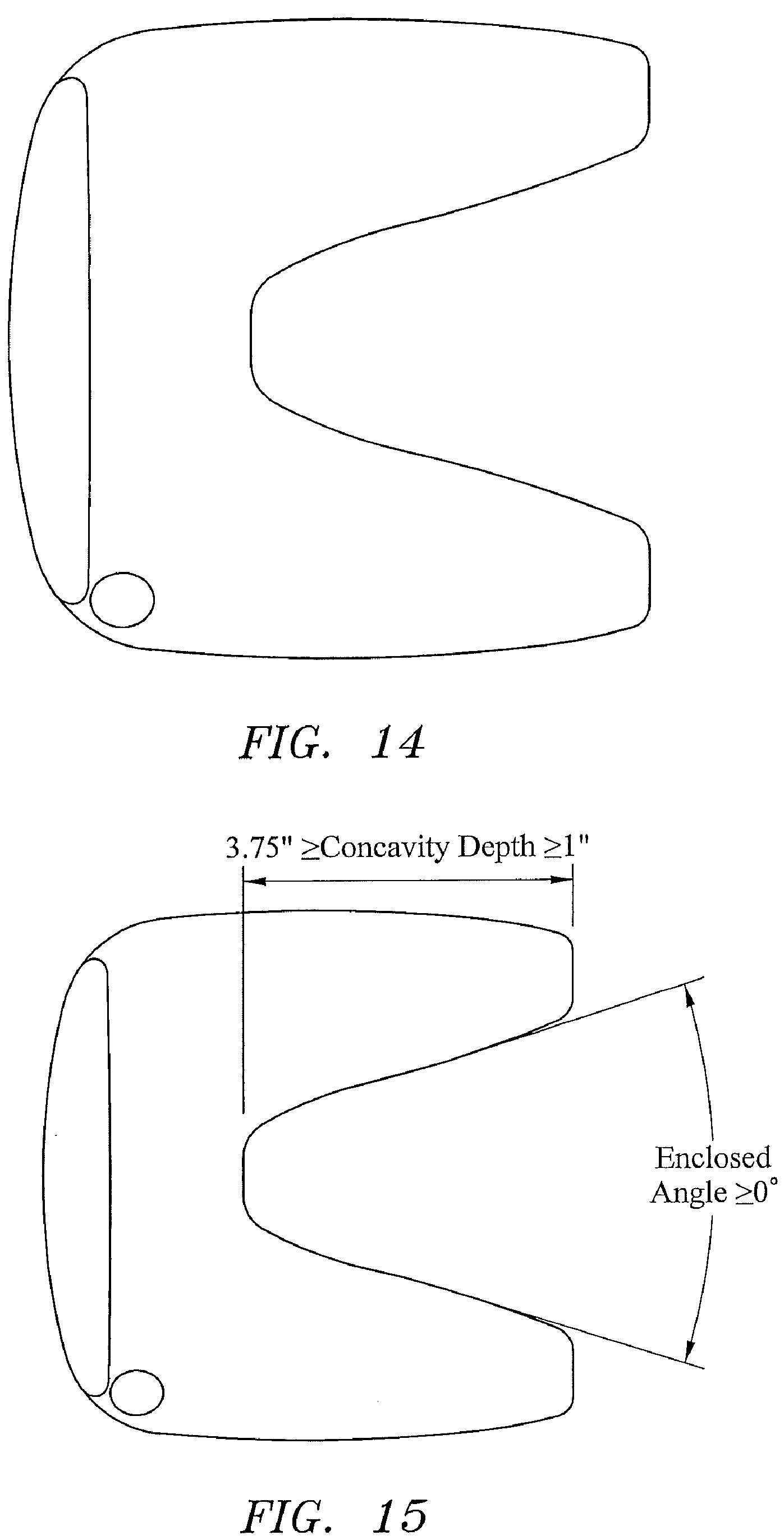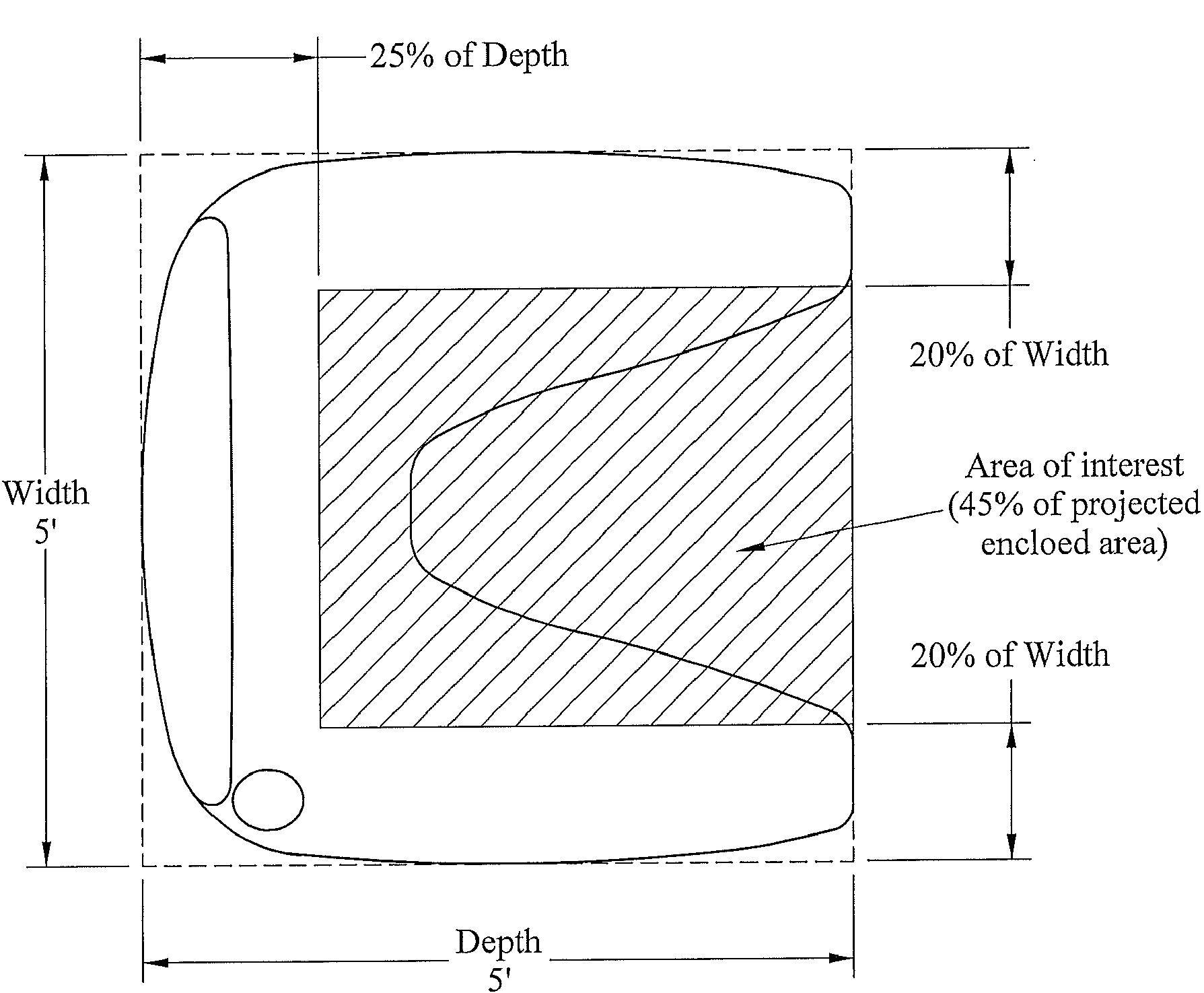Callaway is Still Working on the “C-Shaped Golf Club Head”! I am Starting to Think that it has a Shot of Actually Making it into Production
Regulars of the Golf-Patents.com blog may recall a post titled “Is This Callaway Driver Radical Enough for You?”, as well as the follow-up post titled “Callaway Received a Patent on the ‘C-Shaped Golf Club Head’; Will This Club Actually Make it to the Market?”.
Well, when it comes to the giant golf companies it is easy to dismiss a real radical club design that is only seen in a single patent application as a design that was dreamt up in R&D and will likely never make it to the masses. However, once I start to see multiple patent applications on similar technology, then I begin to wonder…. “Are they are serious about this design? Heck, they have already made a significant investment in protecting the intellectual property. Perhaps this will actually make it to market!”
Those are the thoughts that fired through my head yesterday when another interesting Callaway patent application published as US Pub. No. 20090163294 titled “Driver with Deep Aft Cavity.” Check out this design!
The application describes the invention as:
Dave Dawsey - Monitoring Golf Inventions
PS – Check out this POST about a Taylor Made patent application disclosing a driver with fins!
Well, when it comes to the giant golf companies it is easy to dismiss a real radical club design that is only seen in a single patent application as a design that was dreamt up in R&D and will likely never make it to the masses. However, once I start to see multiple patent applications on similar technology, then I begin to wonder…. “Are they are serious about this design? Heck, they have already made a significant investment in protecting the intellectual property. Perhaps this will actually make it to market!”
Those are the thoughts that fired through my head yesterday when another interesting Callaway patent application published as US Pub. No. 20090163294 titled “Driver with Deep Aft Cavity.” Check out this design!
Perhaps this club may actually see the inside of a golf shop![0010] One aspect of the present invention is a golf club head. The golf club head includes body having a front wall, a crown wall, a sole wall, a heel wall, a rear wall, and a toe wall. The body defines a hollow interior. The golf club head has a volume ranging from 450 cubic centimeters to 475 cubic centimeters. The golf club head has a mass ranging from 180 grams to 225 grams.
[0011] The present invention seeks to increase the amount of inertia achievable for a given head volume compared to conventional shapes and compared to prior unconventional shapes by more effectively distributing the enclosed volume into an advantageous shape. Inertia levels of Izz>5500 and Iyy>4000 are anticipated at a volume of 460 cc. It is sought to reduce the amount of shell mass in the center and back center regions of the head shape, which constitutes approximately 45% of the inscribed area, to less than 15% of the total club head mass. This will enable more mass to be positioned in the face and aft corners which will enhance inertia and as a result, consistency of ball flight and distance.
[0012] There are difficulties that must be overcome in designing high volume driver with a deep aft cavity.
[0013] First, structural integrity--a driver shape with deep aft concavity is subject to higher stresses than is a bulbous shaped head. The heel and toe sides are essentially parallel cantilevers that must be using advanced FEA stress analysis with judicious selection of shell material (titanium alloy, or more preferably, carbon composite laminate). Without advanced design methods the weight advantages of a deep aft concavity shape might be lost in reinforcing the parallel cantilevers.
[0014] Second, sound--a driver shape with deep aft concavity is likely to sound unpleasant to the user unless advanced FEA modal analysis is employed to refine the shape and local stiffness of the parallel cantilevers.
[0015] Third, shape--in order to be conforming to the rules of golf the dual cantilevers must appear as separate portions of a single overall shape such that there is a visual continuity between them.
[0016] The primary advantage is that mass that would ordinarily be tied up in the center and back center of the shell is minimized and redistributed to the rear quadrants of the shape, resulting in increased inertia (Iyy, Izz). Alternately, the extra mass can be redistributed to purposely affect the cg location to manipulate ball flight.
Dave Dawsey - Monitoring Golf Inventions
PS – Check out this POST about a Taylor Made patent application disclosing a driver with fins!






Comments